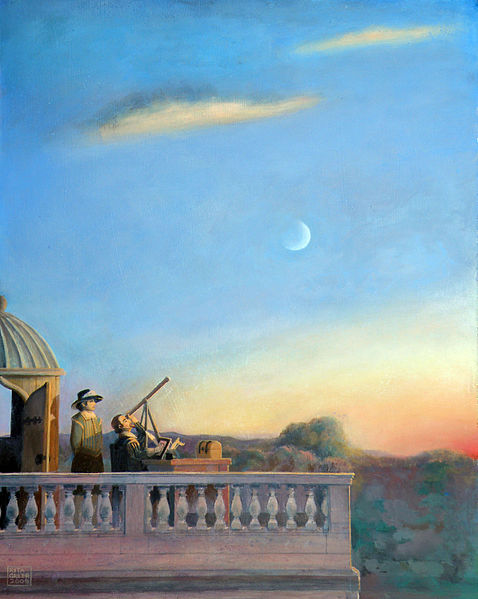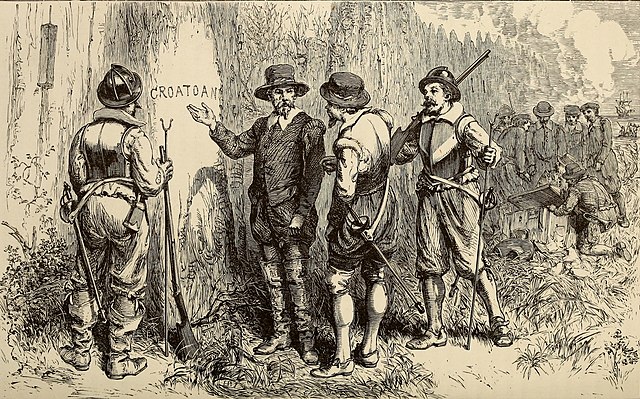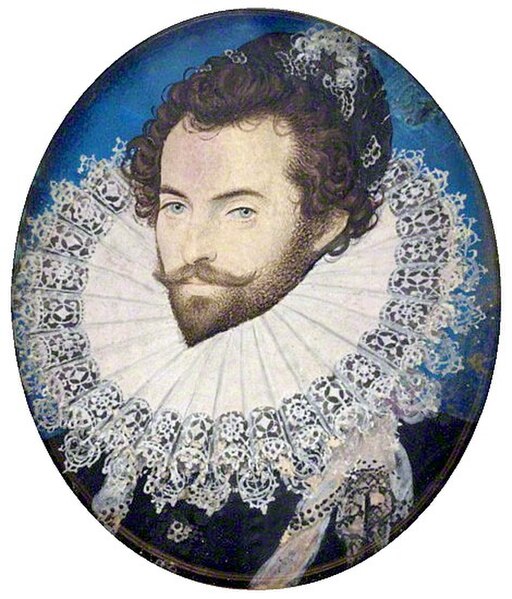Thomas Harriot, also spelled Harriott, Hariot or Heriot, was an English astronomer, mathematician, ethnographer and translator to whom the theory of refraction is attributed. Thomas Harriot was also recognized for his contributions in navigational techniques, working closely with John White to create advanced maps for navigation. While Harriot worked extensively on numerous papers on the subjects of astronomy, mathematics and navigation, he remains obscure because he published little of it, namely only The Briefe and True Report of the New Found Land of Virginia (1588). This book includes descriptions of English settlements and financial issues in Virginia at the time. He is sometimes credited with the introduction of the potato to the British Isles. Harriot invented binary notation and arithmetic several decades before Gottfried Wilhelm Leibniz, but this remained unknown until the 1920's. He was also the first person to make a drawing of the Moon through a telescope, on 5 August 1609, about four months before Galileo Galilei.

Portrait often claimed to be Thomas Harriot (1602), which hangs in Trinity College, Oxford. The provenance of this portrait is not known, and there is little evidence to link it to Harriot.
Thomas Harriot observing the Moon through his telescope from the roof of Syon House.
Title page of A Briefe and True Report of the Newfound Land of Virginia
Watercolour by John White of Roanoke Indians
John White (colonist and artist)
John White was an English colonial governor, explorer, artist, and cartographer. White was among those who sailed with Richard Grenville in the first attempt to colonize Roanoke Island in 1585, acting as artist and mapmaker to the expedition. He would most famously briefly serve as the governor of the second attempt to found Roanoke Colony on the same island in 1587 and discover the colonists had mysteriously vanished.
The return of Governor White to the "Lost Colony"
Watercolour by John White of Roanoke Indians
White's patron, Sir Walter Raleigh
Baptism of Virginia Dare, wood-engraving, 1880







